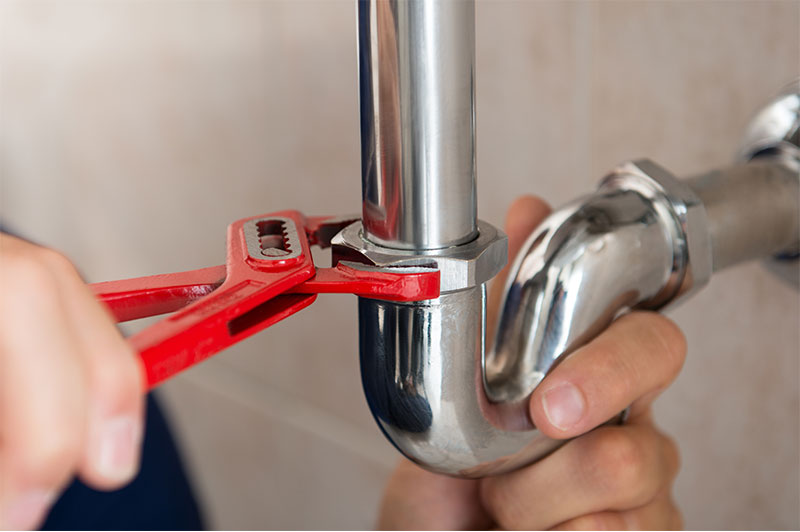
Plumbing Solutions: From Drips to Delightful Drains
Plumbing Solutions: From Drips to Delightful Drains
Welcome to our comprehensive plumbing guide! Whether you’re a homeowner, renter, or someone who wants to gain a better understanding of plumbing, this article is here to provide you with all the essential knowledge you need. From the annoying sound of a dripping faucet to ensuring your drains flow effortlessly, we’ve got you covered.
Plumbing issues can range from minor inconveniences to major headaches, but with a little know-how, you can tackle them with confidence. In this guide, we’ll take you through a step-by-step journey to help you identify common plumbing problems, offer practical tips for resolving them, and even share some preventive maintenance advice to keep your plumbing system functioning smoothly. So, get ready to dive into the world of plumbing solutions!
No matter your level of expertise, learning about plumbing is both valuable and empowering. By understanding how your plumbing system works, you can avoid unnecessary expenses and have the skills necessary to handle minor issues on your own. So, grab your wrench and let’s embark on this plumbing adventure together, as we navigate from drips to delightful drains!
Understanding Common Plumbing Issues
Plumbing problems can arise in any household, causing inconvenience and frustration. Being aware of common plumbing issues is essential for homeowners to address them promptly. Here, we will discuss three prevalent plumbing problems and their possible solutions.
Leaky Faucets:

One of the most common plumbing issues is a leaky faucet. Not only is it annoying to hear the constant dripping sound, but it can also waste a significant amount of water over time. Leaky faucets are typically caused by worn-out washers or seals. To fix this issue, you can try tightening the faucet with a wrench or replacing the faulty washer or seal. If the problem persists, it’s wise to consult a professional plumber.Clogged Drains:
Dealing with a clogged drain is a frequent occurrence in many households. It can happen in sinks, showers, or toilets. Clogs are often caused by the accumulation of hair, soap scum, food debris, or even foreign objects. To unclog a drain, you can start by using a plunger to create suction and dislodge the blockage. If the plunger doesn’t work, a drain snake or drain cleaning solution may be needed. It’s important to avoid using harmful chemicals that can damage the pipes.Running Toilets:
A running toilet is not only wasteful but can also lead to an increase in water bills. This problem occurs when water continuously flows into the toilet bowl, even when it’s not in use. The culprit is usually a faulty flapper valve or a worn-out fill valve. To fix the issue, you can adjust the fill valve or replace the flapper valve. If you’re unsure, it’s best to seek professional assistance to resolve the problem effectively.
By understanding these common plumbing problems, homeowners can take necessary precautions and address them promptly. Remember that plumbing issues should not be neglected, as they can potentially lead to more significant damages down the line.
Essential Tools and Equipment
Plumbing jobs require the use of various tools and equipment to ensure smooth and efficient repairs. Here are some essential tools that every plumber should have in their arsenal.
Wrenches: Wrenches are a plumber’s best friend. They come in different types and sizes, each serving a specific purpose. Adjustable wrenches are versatile and can be used for a wide range of plumbing tasks, from tightening loose fittings to loosening stubborn nuts. Pipe wrenches, on the other hand, have a serrated jaw that provides a strong grip on pipes and fittings.
Plunger: A plunger is a simple yet effective tool for clearing clogged drains and toilets. It works by creating suction and pressure to dislodge blockages. A standard cup plunger is suitable for sinks and tubs, while a flange plunger with an extended rubber lip is designed for toilets. Having both types on hand ensures you’re prepared for any plumbing issue.
Pipe Cutters: When it comes to cutting pipes, a pipe cutter is a must-have tool. These tools make clean, precise cuts without causing damage to the pipe. There are different types of pipe cutters available, including standard pipe cutters for cutting copper and plastic pipes, as well as tubing cutters for cutting smaller pipes.
Remember, these are just a few of the essential tools you’ll need as a plumber. Depending on the task at hand, you may also require other tools like pliers, tape measures, and pipe benders. Having a well-stocked toolbox will enable you to handle various plumbing jobs with ease.
Stay tuned for the next section of our plumbing guide, where we will discuss common plumbing problems and how to fix them!
Basic Plumbing Maintenance
Plumbing Service Directory
Regular maintenance of your plumbing system is essential to avoid costly repairs and inconveniences. Here are some basic steps you can take to keep your plumbing in top shape.
Inspect for Leaks: Check your faucets, toilets, and pipes for any signs of leaks. Look out for water stains, dampness, or dripping sounds. If you detect a leak, it is important to address it promptly to prevent further damage.
Clean Drains: Clogged drains can cause water to back up and create a messy situation. To keep your drains flowing smoothly, regularly remove any buildup of hair, soap scum, or food particles. You can use a plunger or a drain snake to clear minor clogs. Avoid using harsh chemical drain cleaners as they can damage pipes.
Maintain Water Pressure: Low water pressure can be frustrating, especially when you’re trying to take a shower or wash dishes. Check the water pressure regularly and, if it’s low, clean or replace any clogged showerheads or aerators. If the issue persists, you may need to call a professional plumber to assess the problem.
By following these basic maintenance tips, you can prevent small plumbing issues from becoming major problems. Remember that regular inspections and cleaning are key to ensuring the longevity and efficiency of your plumbing system.




